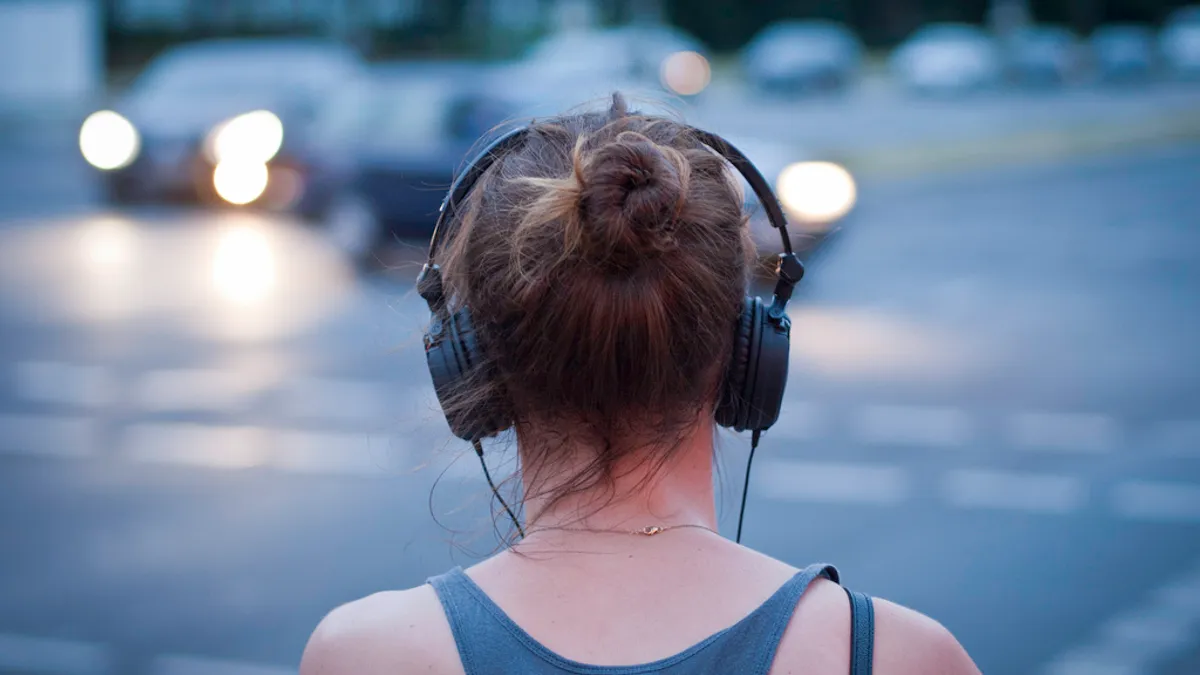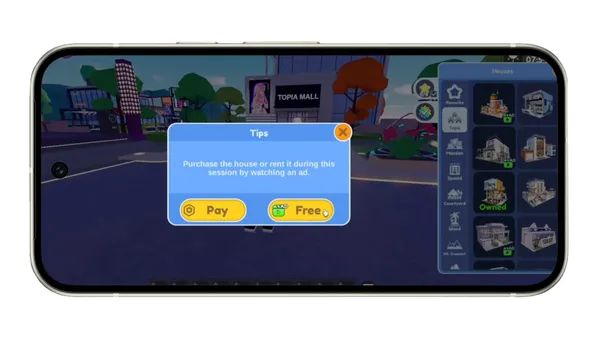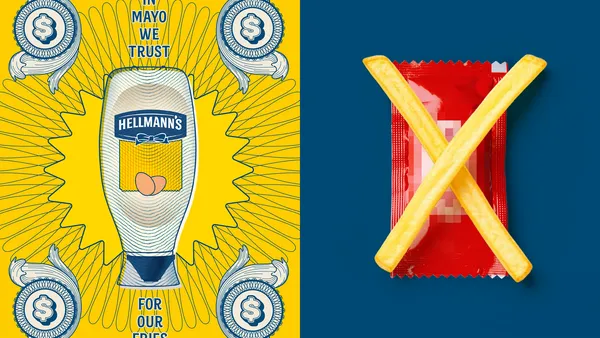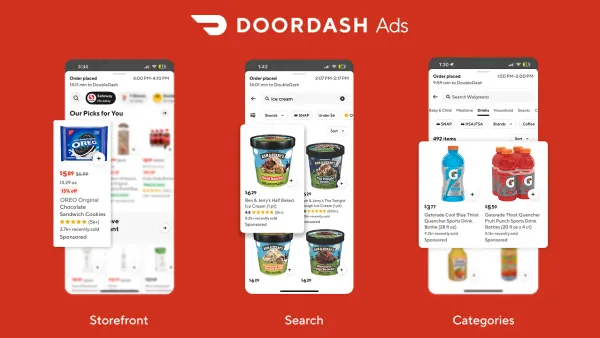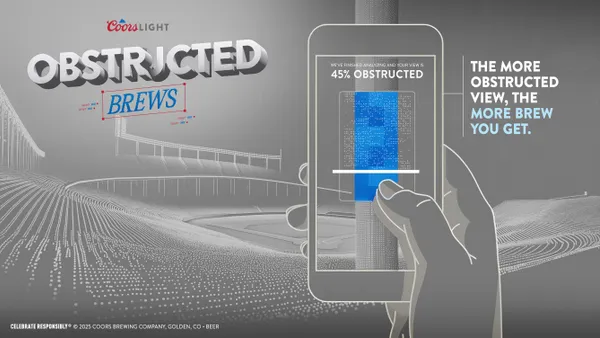Editor's note: The following is a guest post from Stuart Last, COO of audioBoom.
Would you believe that only 37% of television advertisements affect purchase decisions? Perhaps even more surprising, the same holds true for just 7% of ads on social media networks. On the flip side, 65% of U.S. podcast listeners are likely or very likely to further investigate a company they hear about on a podcast and 64% have bought a product or service they heard about through an audio show, according to a survey conducted by audioBoom and Edison Research. So why are so many brands hesitant to turn up podcast strategies?
Strange as it may sound, people actually find podcast ads to be the least intrusive of all types of digital ads. Podcast audiences also tend to be more educated and wealthier than the general public, with 68% holding a bachelor's or higher degree, and 49% earning an annual household income of greater than $75,000 — making podcast advertising a space ripe with potential.
Yet, for many brands, it's not enough to say, "podcast advertising works," despite the proof. The reason for this reluctance is simple: There's a significant gray area when it comes to understanding a detailed breakdown of podcast audiences. Podcasts know the basics of their listener base — age, gender, location — but what about the details that really matter for determining if a certain show's target market makes sense for your business?
AudioBoom and Edison's survey set out to uncover this unknown — the preferences and lifestyles of frequent podcast listeners — to help brands make informed decisions on whether to make the leap into podcast advertising. The data resulted in six overarching listener profiles: The Foodie, The Stable Homeowner, The Subscriber, The Fitness Fanatic, The Traveler and The Music Enthusiast.
Let's take a closer look at a few of these categories:
Appealing to 'the Foodie' with personal connections
This category of listener is willing to splurge on a good meal, with more than half (53%) spending $1,000 or more per year on dining out. They’re also focused on eating well at home through delivery services like Seamless and mail order food services like Blue Apron.
As noted in The Drum, Blue Apron is, in fact, taking advantage of podcast advertising. Greg Fitzgerald, the company's director of acquisition marketing, told The Drum that Blue Apron has "been able to scale as the number [of podcasts] grows."
Fitzgerald noted that podcast advertising is "allowing [hosts] freedom and flexibility and not being precious about your brand as opposed to jamming a message down their throats." This in response to an ad the company ran on comedian Adam Carolla's podcast, which isn't necessarily Blue Apron’s target audience but still proved to be successful.
Blue Apron's example demonstrates the necessity for ads that generate a personal connection. Most listeners engage with podcasts through headphones, making it an intimate, one-to-one experience, as opposed to broad radio content which these days is often consumed by a group of people in the car. As people build some semblance of a relationship with their favorite podcast hosts, they inevitably begin to trust the products and services hosts recommend.
The mature 'Stable Homeowner” who's tuning in
It's not surprising that this listener profile exists, given the fact that podcast audiences are typically educated, upper-middle-class folks. More than half (52%) of frequent podcast listeners own their home. They're also actively planning for their future, with 73% currently saving for retirement and 81% investing in a 401K.
These demographics tell advertisers and brands that there's a mature, settled audience that's actively seeking out podcasts, going against the common industry sentiment that the most prevalent listeners are young people. In fact, there's a fairly even distribution of millennials and Gen X podcast listeners, broadening the net of brands who could benefit from leveraging the format.
'The Subscriber' who can't get enough on-demand access
This group is more than willing to pay for subscriptions, with 91% paying for over-the-top television services like Netflix, Hulu, Amazon Prime and HBO Now. Additionally, 41% pay for audio subscriptions like Sirius XM, PandoraOne, Spotify Premium and Apple Music. It's also not just online apps and services that interest them — 22% currently have mail order subscriptions from companies like Birchbox, Stitch Fix and Barkbox.
The business opportunities for this listener sect are clear, given how diverse these various "subscription" companies and industries are. However, despite how prevalent these services already are in listeners' lives, brands and advertisers still need to remember to take advantage of influence. The most effective podcast ads are incorporated within the show itself through live-reads, featured more like an audio product placement than a traditional, pre-recorded radio ad.
Generally, hosts who deliver live-reads are given the products or services to test and try for themselves, which helps add a level of authenticity to their advocacy. Due to the trust from their audience base, podcast hosts have effectively become influencers, just like bloggers and celebrities on social media. As a result, endorsements from hosts have proven ROI, tying back to the podcast advertising success of Blue Apron.
Overall, the survey's findings are important for understanding the anatomy of frequent podcast listeners from a high-level perspective, which is not something that's yet understood in detail. That said, there is still a significant advertising opportunity for brands that don’t fall into these categories — everyone still needs products like mattresses and stamps (think: Stamps.com or Casper, which are both frequent podcast advertisers). Regardless of industry, the key is providing listeners with an ad that is authentic and organic.


